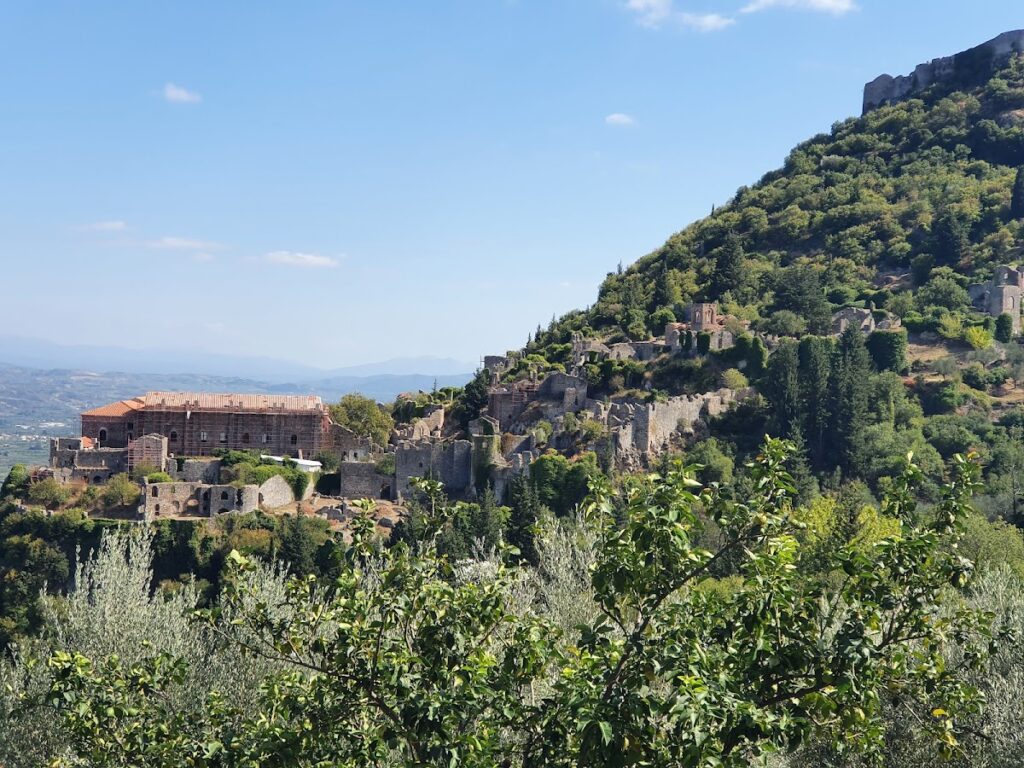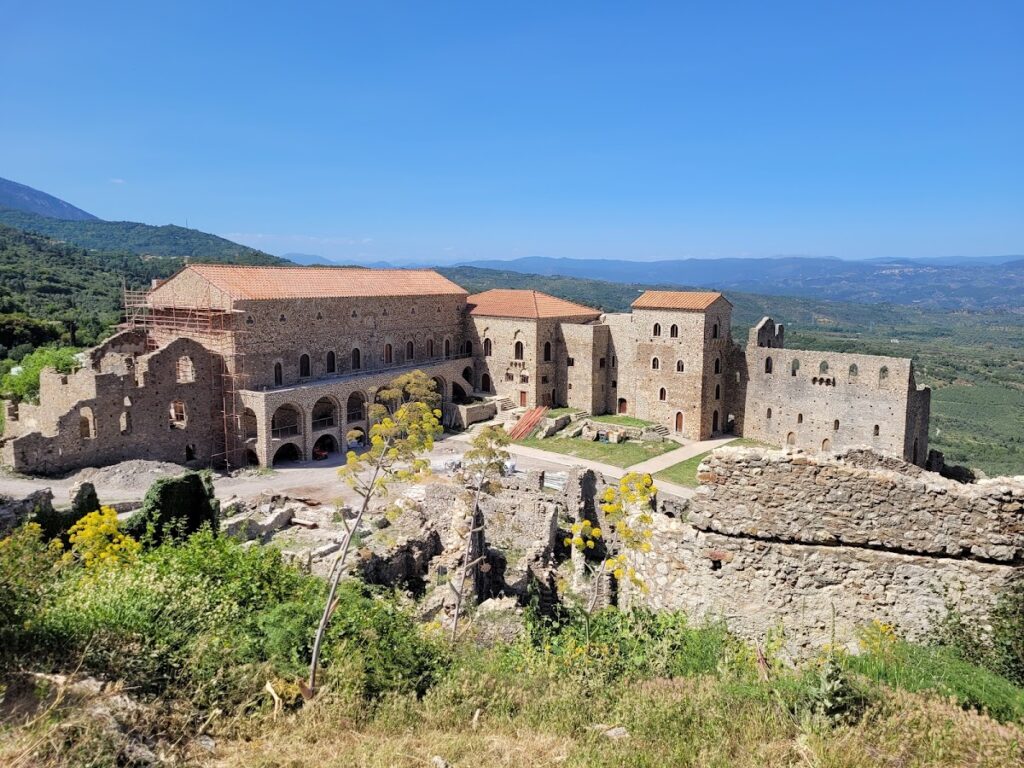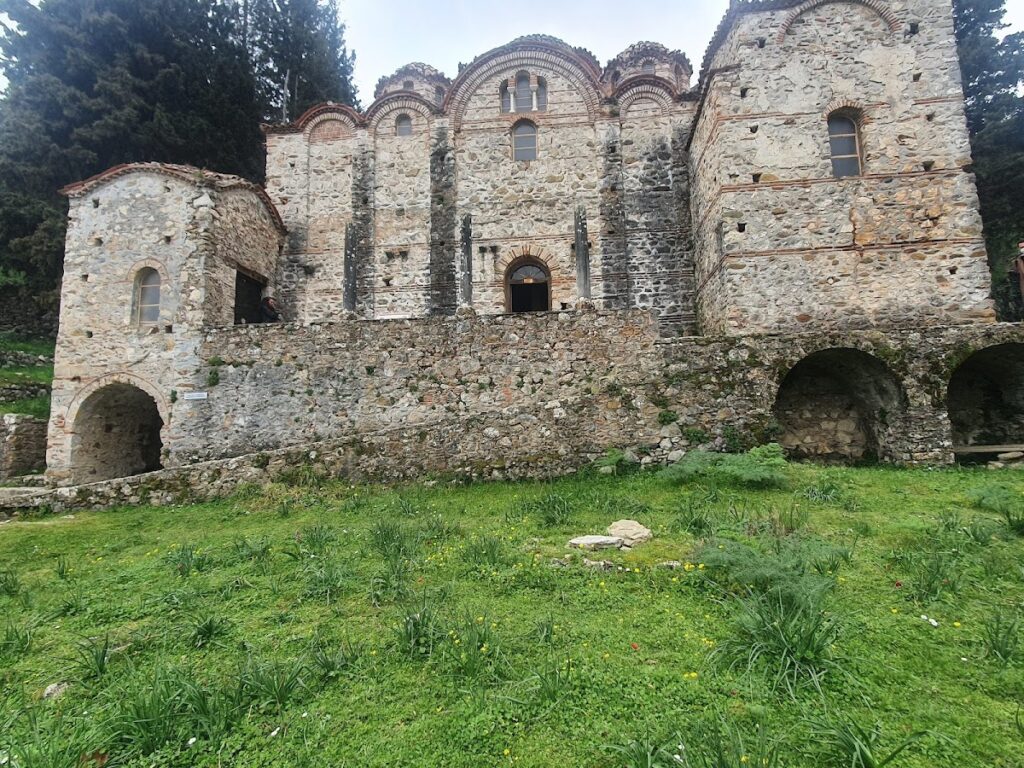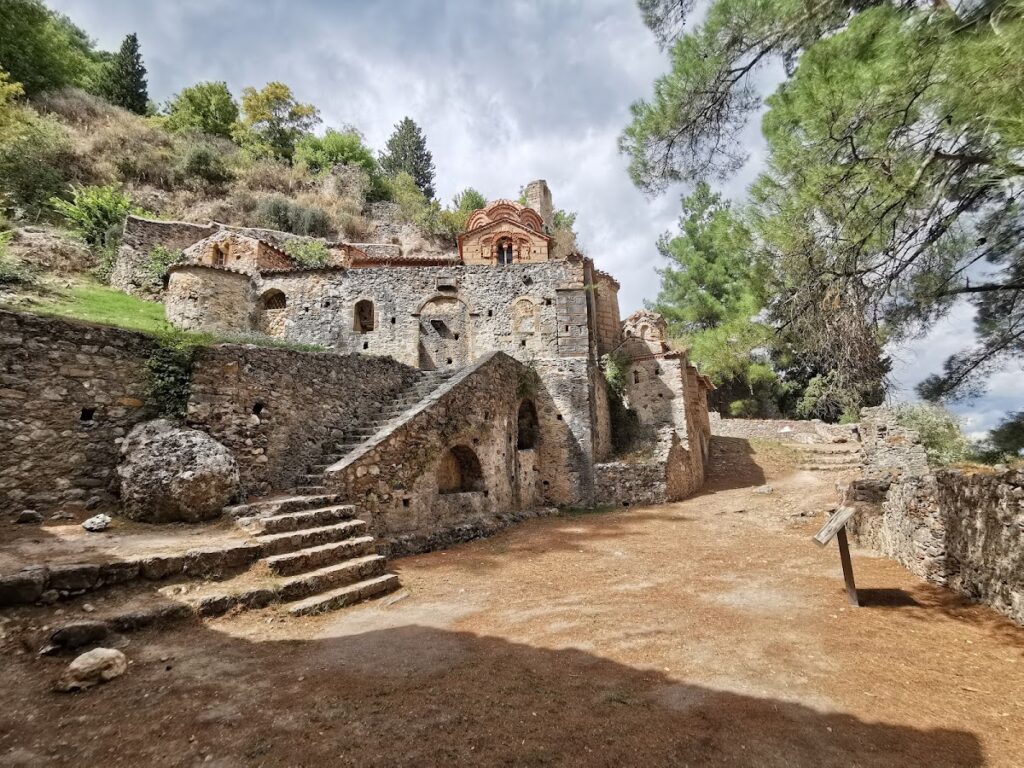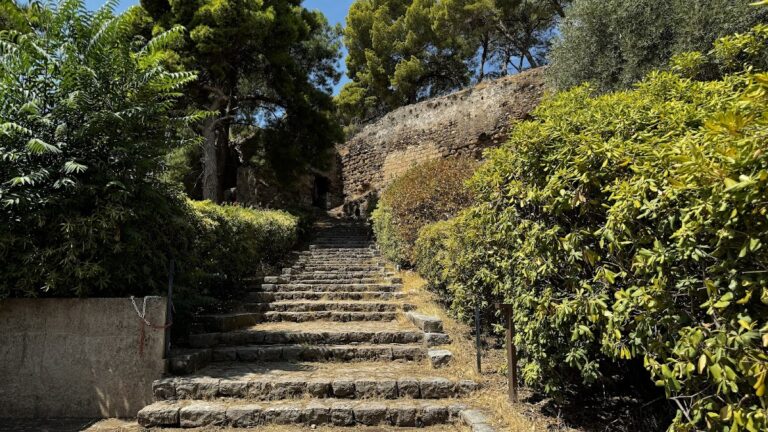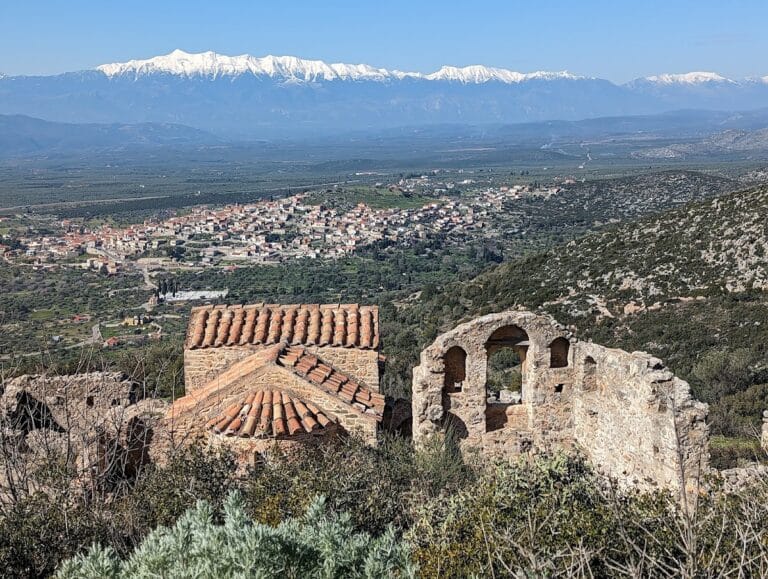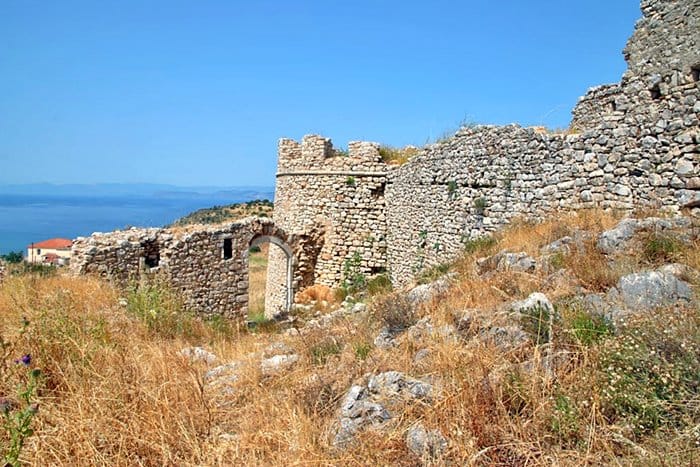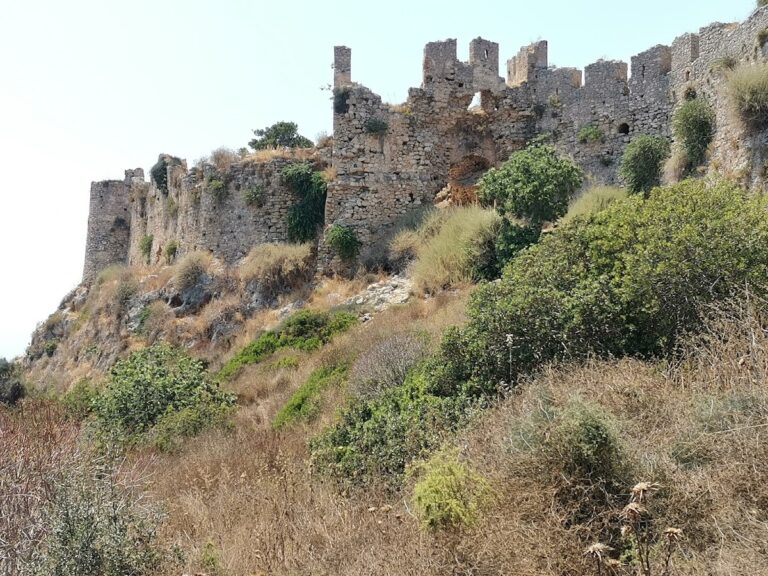Mystras Castle: A Historic Fortress in Greece
Visitor Information
Google Rating: 4.7
Popularity: Medium
Google Maps: View on Google Maps
Country: Greece
Civilization: Unclassified
Remains: Military
History
Mystras Castle is located in the municipality of Mystras in Greece. The fortress was originally built by the Franks during their rule over parts of Greece in the mid-13th century. Specifically, it was constructed in 1249 by William II Villehardouin, who was the Prince of Achaea, a Frankish principality established after the Fourth Crusade.
Following its Frankish origins, the castle later came under Byzantine control as the center of the Despotate of the Morea, a semi-autonomous province of the Byzantine Empire. During this period, Mystras Castle remained a key defensive stronghold, anchoring Byzantine authority in the Peloponnese region. Its strategic location allowed it to serve as a military and administrative hub for the Despotate.
With the expansion of the Ottoman Empire into Greece, Mystras Castle eventually fell under Ottoman control. Under Ottoman rule, significant modifications were made to the fortress to adapt to new military technologies. This included the modernization of its defenses, such as the installation of gun emplacements to counteract the threat posed by artillery. Throughout its history, the castle’s fortifications evolved to meet the demands of changing political powers and warfare techniques.
Remains
Mystras Castle is perched atop a hill that rises 621 meters above sea level, overlooking the surrounding landscape. The fortress complex features a double defensive wall system known as a double enceinte. The upper circuit of walls begins on the western side of the hill, enclosing important sites like the Mystras Palace on the northern slope and the Pantanassa Monastery to the east. Meanwhile, the lower walls start from the town’s northwestern edge, encompassing the Vrontochion Monastery and extending along the hill’s contour towards the Perivleptos Monastery.
The castle’s main entrance is marked by a large rectangular tower of Byzantine design that guards the inner gate. Within the enclosing walls lies a central courtyard, along with barracks that would have housed soldiers and a large water cistern essential for sustaining inhabitants during sieges. A chapel is also present inside the fortress, reflecting the religious dimension of the site.
The fortress’ perimeter is further strengthened by a combination of square and round towers strategically placed to defend against attacks. The southern and southeastern sides are protected by naturally steep cliffs, creating a formidable barrier that made direct assault difficult. From its elevated position, the castle commands expansive views eastward across the Eurotas river valley and westward towards the Taygetos mountains, underscoring its strategic military importance throughout its history.
